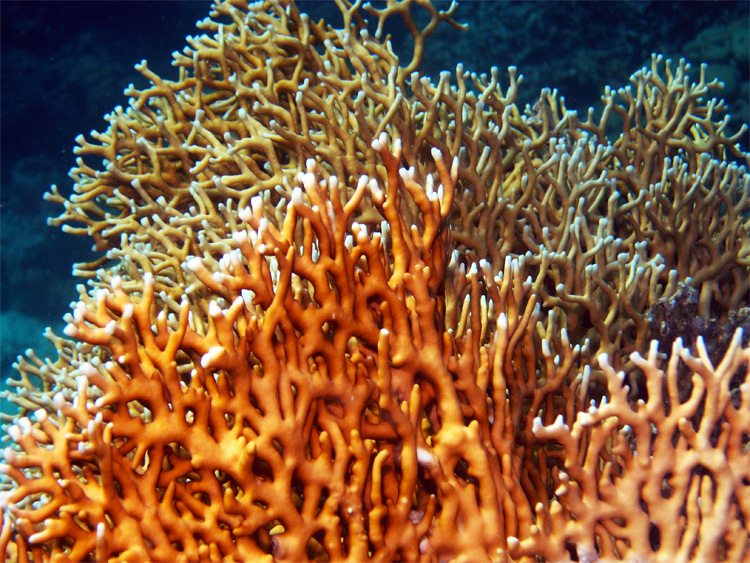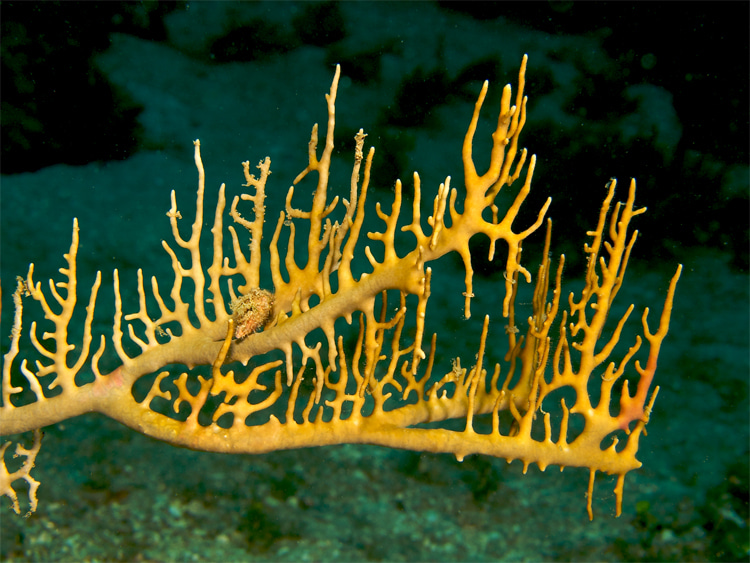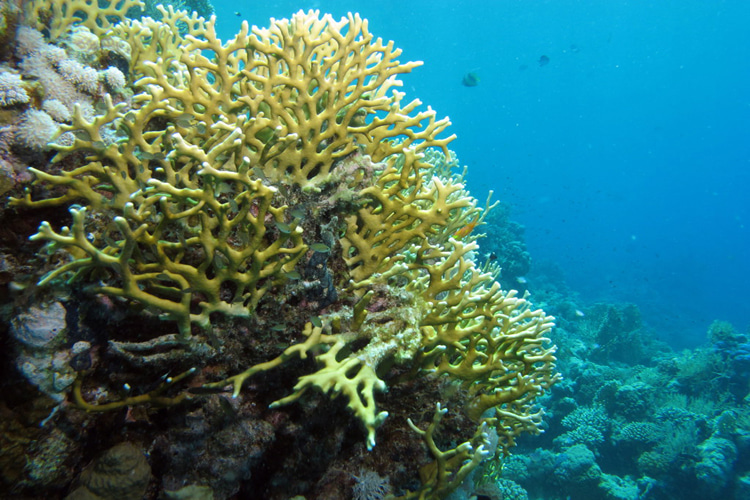It looks beautiful and safe to handle but can cause acute pain. Learn how to treat fire coral stings and rashes.
Interestingly, and contrary to popular belief, the fire coral is not a genuine coral.
Fire coral is a marine organism that forms colonies and is closely related to jellyfish, stinging anemones, the Portuguese man o' war, and other hydrozoans.
It is also known as the stinging coral or Red Sea coral.
The fire coral can be harmful to divers, snorkelers, surfers, and swimmers.
They can be found in shallow and warm tropical and sub-tropical waters around the world, especially in Australasia and the Caribbean.
The color of the fire coral varies from yellow-green to mustard-brownish tones with white tip-stinging cells called nematocysts.
There are several forms of fire coral, depending on the strength of the local sea currents.
In strong current areas, the species will develop staghorn-like branches and a thin encrusting layer; in calmer zones, they will feature a lattice-like pattern.
The fire coral can colonize hard structures like rocks and conches and even adapt its overall color and pattern to the local stony ground.
It needs enough sunlight to evolve and gets its food from algae that live under its skin. In return, the fire coral provides oxygen and protection to the algae.
The colonial marine organism owes its name not to its color but to the fiery sensation people experience after touching the living structure.

A Painful Contact
How will you know you've touched a fire coral? You'll feel it - instantly. And it leaves a mark.
The symptoms range from moderate to intense burning sensations caused by the cnidocytes found in the fire coral's calcareous skeleton.
When contact is made, venom is injected. It's a defense mechanism.
The symptoms can last several hours. A skin rash will appear minutes or even a few hours after the sting.
The rash may take days to heal and disappear from the human skin, but it could reappear days or weeks later.
A laceration caused by fire coral, followed by a sting, could lead to tissue necrosis and, consequently, a more severe injury and infection.
The best way to prevent fire coral stings and rashes is to identify the species and avoid any contact with it.
A full-body wetsuit and neoprene gloves will provide enough protection against any unwanted contact.

Fire Coral Sting & Rash Treatment
Have you been stung by fire coral? Here's how to treat it:
- Rinse the affected area with saltwater;
- Apply vinegar or isopropyl alcohol in the area;
- Alternatively, immerse the sting in hot water to completely denature the toxins;
- Apply hydrocortisone cream to reduce itching;
- Do not touch the redness that will likely develop;
- Let the wound dry naturally, and do not cover it;
If you've got an open wound, seek medical care - antibiotics and a tetanus booster might be necessary.
Although it is not considered potentially deadly, fire coral could cause extreme health complications to people with allergic reactions to a sting.
